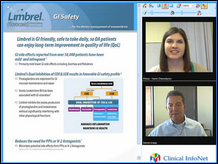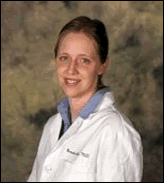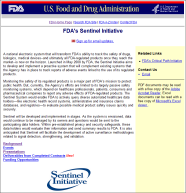Joel Diamond 5/20/09
What’s Wrong with ICD
I suppose only geeky doctors amuse themselves like this: my medical partner and I used our EMR messaging to send ICD-9 related insults to each other throughout the day.
For instance, I pointed out that his E828.9 (accident involving animal being ridden) was undoubtedly due to his 302.1 (zoophilia arotica). This was after he accused me of frequent CPT 54450 (foreskin manipulation). Clearly this was one of the most flagrant examples of religiously-inaccurate coding, by the way. Besides, I told him that he should be so lucky with his 752.65 (hidden penis). All this led to a serious E960.0 (unarmed brawl).
Why is ICD-9 so rich in its expression of seemingly silly/worthless diagnoses, but falls so short in reflecting the realities and nuances of day-to-day medical care? No doubt, that it has been widely used as a tool for billing. I suppose that someone finds the need to accurately code for E928.4 (accident due to constriction by hair), and am fascinated by the ability to drill down to great detail, such as E910.2 (water activity injury without diving board). Much has already been written about the need to document E845.9 (spacecraft injuring another person).
What about the heralded switch to ICD-10? I’m not sure how the 318 codes for diabetes mellitus are going to be helpful, but I an so glad to know that there will be V32.22 (Occupant of three-wheeled motor vehicle injured in collision with two- or three-wheeled motor vehicle, person on outside of vehicle, nontraffic accident, while working for income).
Like many physicians, I didn’t worry too much about this before EMR adoption. I admit that I would scribble a single diagnosis on my superbill and let my billing staff “do the rest”. When I first used an EMR, I was shocked to find out that I needed to specify an ICD-9 code in order to complete my documentation. One of my earliest frustrations with adoption was the difficulty in finding the code that I needed. Fibromyalgia could only be documented as “myalgia and myositis unspecified” (729.1). I had to search for a long time to find a code for hemochromatosis—finally deciding it was 275.0, (disease of iron metabolism).
Despite the “geekiness”, controlled medical vocabularies and semantics will have to be tailored to the needs of “real” doctors as we move forward with HIT adoption.
In the meantime, I hope that you don’t get E905.4 today (bitten by a venomous centipede) or know anybody with the misfortune of a 929.0 or 937.0 (look them up yourself!)

Joel Diamond, MD is chief medical officer at dbMotion, adjunct associate professor at the Department of Biomedical Informatics at the University of Pittsburgh, and a practicing physician at UPMC and of the Handelsman Family Practice in Pittsburgh, PA. He also blogs on interoperability.








Re: Walmart Health: Just had a great dental visit this morning, which was preceded by helpful reminders from Epic, and…